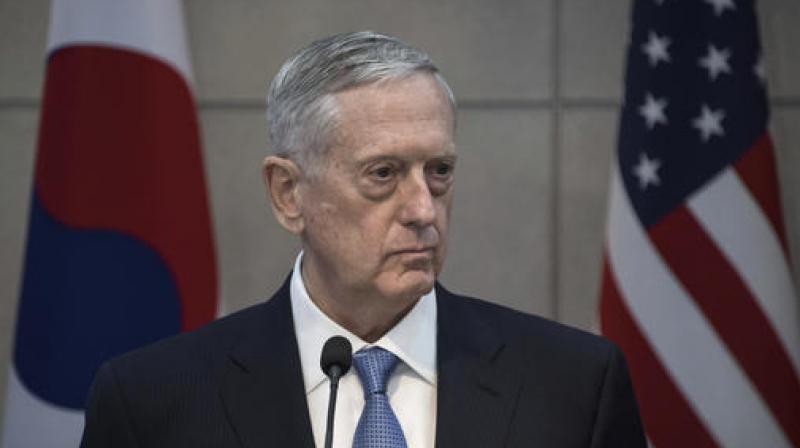Pentagon delivers draft plan to defeat ISIS to White House

Washington: A Pentagon-led preliminary plan to defeat the ISIS has been delivered to the White House and US Defense Secretary Jim (James) Mattis has briefed senior administration officials, a Defense Department spokesman told reporters.
Pentagon spokesman Captain Jeff Davis told reporters that it was the framework for a broader plan and looked at the ISIS around the world, not just Iraq and Syria.
Mr Davis said the plan would define what defeating the ISIS meant and was one that would 'rapidly' defeat the militant group.
He added that Mr Mattis would discuss the plan, which is primarily a written one with accompanying graphics, with members of the Cabinet-level Principals Committee.
The review of US strategy comes at a decisive moment in the US-led coalition effort against the ISIS in both Iraq and Syria, and could lead to relaxing some of the former President, Barack Obama, administration's policy restrictions, like limits on troop numbers. The Donald Trump administration has said defeating "radical Islamic terror groups" is among its top foreign policy goals.
The Baghdad-based US commander on the ground, Army Lieutenant General Stephen Townsend, has said he believed US-backed forces would recapture both of the ISIS' major strongholds, the cities of Mosul in Iraq and Raqqa in Syria, within the next six months.
Iraqi forces expect a fierce battle against the ISIS to retake Mosul.
In Syria, the US must soon decide whether to arm Syrian Kurdish YPG fighters, despite objections from NATO ally Turkey, which brands the militia group as terrorists.
The US military-led review includes input from Secretary of State Rex Tillerson, as well as from the Treasury Department and the US intelligence community.
Mr Davis said in addition to diplomacy, the plan would include a military framework that built on capabilities and goals on the battlefield.
Experts have said the Pentagon could request additional forces, beyond the less than 6,000 US troops now deployed to both Iraq and Syria, helping the US military go farther and do more in the fight.
They also said the Pentagon might focus on smaller-scale options like increasing the number of attack helicopters and air strikes as well as bringing in more artillery. The military may also seek more authority to make battlefield decisions.

